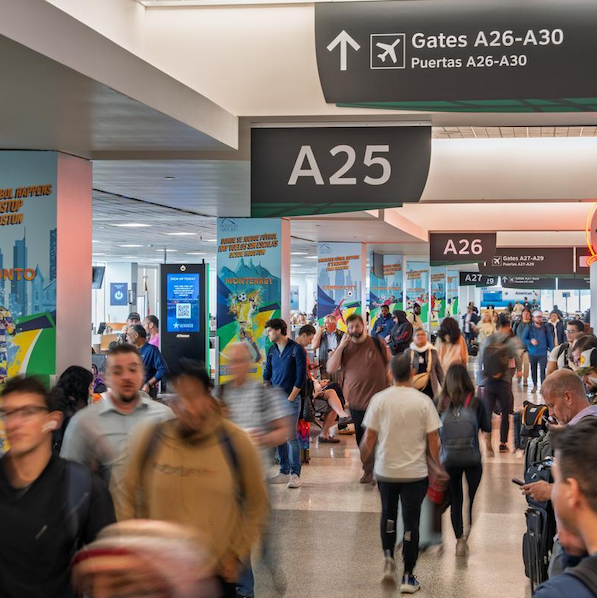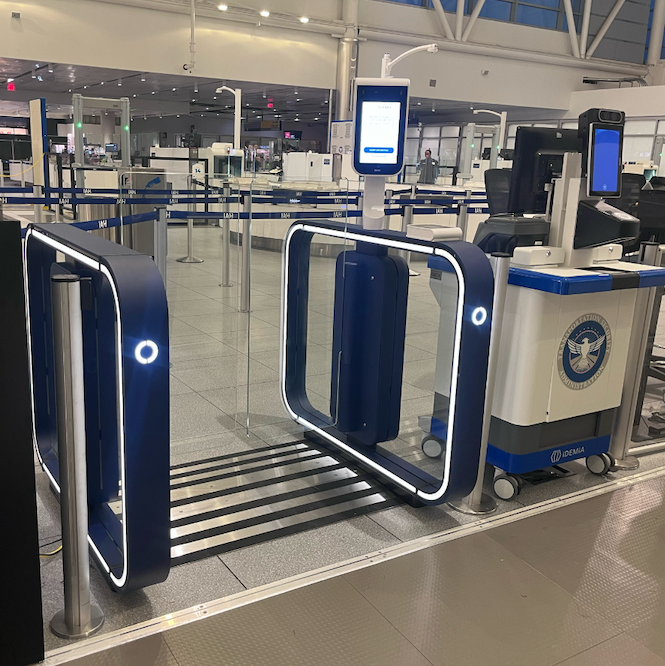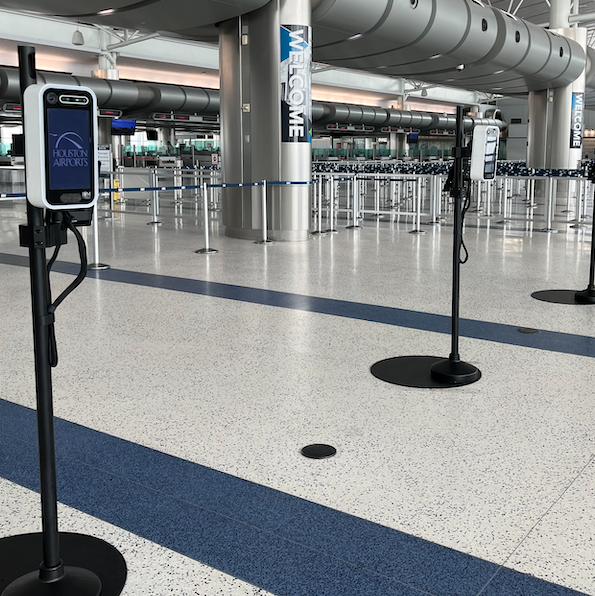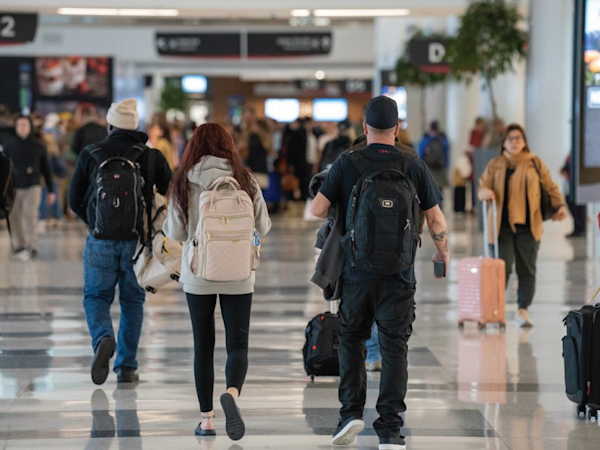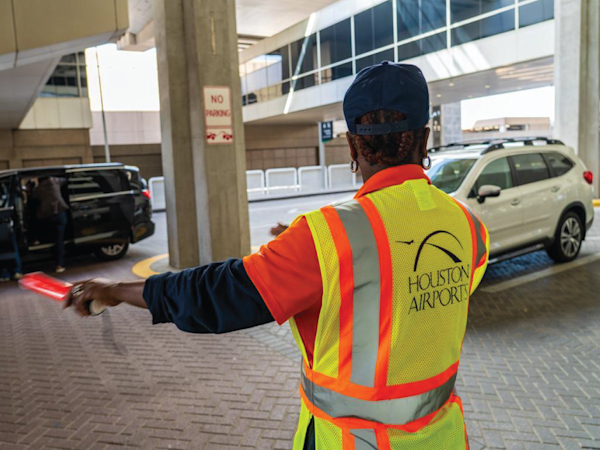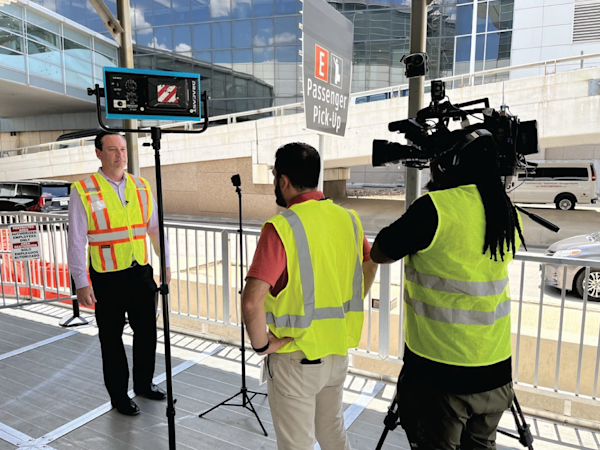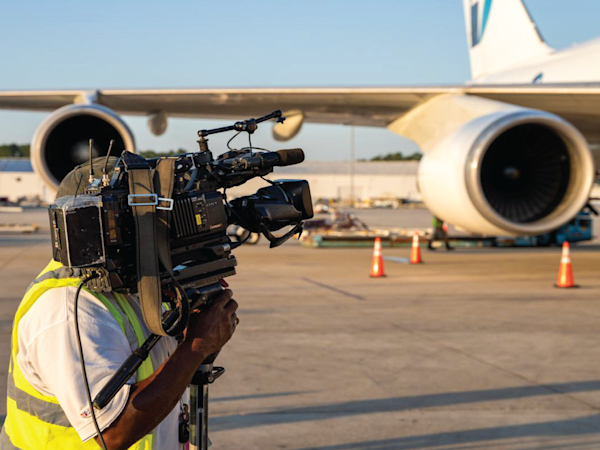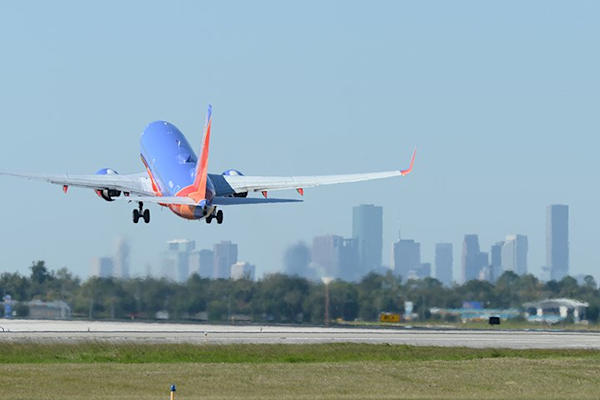Top Story
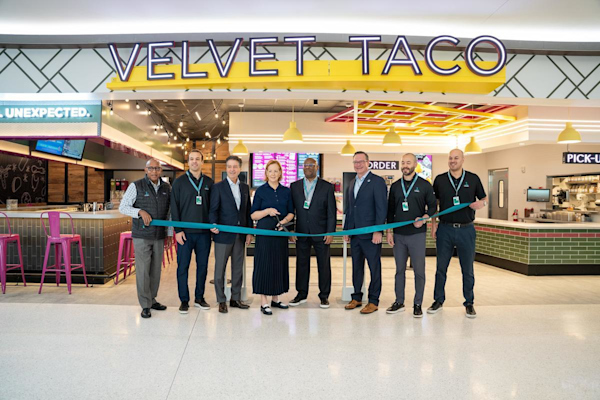
Top Story
Velvet Taco opens at Bush Airport
The final piece of the dining puzzle is now in place at George Bush Intercontinental Airport (IAH).
Velvet Taco officially opened Monday, Jan. 5, in the new Terminal D-West Concourse, delivering one of Houston’s most recognizable culinary brands to the airport’s newest international gateway. Located near Gate D-1, the fast-casual concept adds to the food and beverage line-up in the concourse, which opened in October 2024 as part of the airport system’s $1.458 billion international terminal project.
For travelers arriving from or departing to destinations around the world, the opening is both practical and personal: craveable food, fast service and a sense of place that feels unmistakably Houston.
 “The Terminal D-West Concourse was designed to be world-class, organized and deeply reflective of the city it serves,” said Francisco Cuellar, deputy director of commercial development for Houston Airports. “Velvet Taco checks every box. It’s local, it’s bold and it delivers quality at the speed today’s travelers expect.”
“The Terminal D-West Concourse was designed to be world-class, organized and deeply reflective of the city it serves,” said Francisco Cuellar, deputy director of commercial development for Houston Airports. “Velvet Taco checks every box. It’s local, it’s bold and it delivers quality at the speed today’s travelers expect.”
The Velvet Taco at IAH is operated by LaTrelle’s Management Corporation as a subcontractor under SSP America, which oversees food and beverage concessions in IAH Terminal D. LaTrelle’s also operates the Velvet Taco quick-serve and bar concept at William P. Hobby Airport (HOU), where the restaurant earned national attention last year as Best Quick-Serve Restaurant Concept at the Airport Experience Awards.
 At Bush Airport, the menu stays true to the brand’s rule-breaking roots, offering globally inspired tacos, vegetarian and gluten-free options, shareable sides and signature margaritas designed for travelers on the go. The menu also includes halal-friendly selections, a meaningful consideration in an international terminal that serves passengers from diverse cultural and religious backgrounds. Halal food is prepared in accordance with Islamic dietary guidelines, and its availability helps ensure more travelers can dine confidently and comfortably before long-haul international flights.
At Bush Airport, the menu stays true to the brand’s rule-breaking roots, offering globally inspired tacos, vegetarian and gluten-free options, shareable sides and signature margaritas designed for travelers on the go. The menu also includes halal-friendly selections, a meaningful consideration in an international terminal that serves passengers from diverse cultural and religious backgrounds. Halal food is prepared in accordance with Islamic dietary guidelines, and its availability helps ensure more travelers can dine confidently and comfortably before long-haul international flights.
The Houston Airports Director of Aviation, Jim Szczesniak, stopped by Monday morning to become the very first customer at the new location.

“When we talk about connecting people and cultures through Houston, this is what that looks like in real life,” Cuellar said. “Travelers want experiences that feel authentic, efficient and memorable. Velvet Taco delivers all three.”
Terminal D-West itself represents years of behind-the-scenes planning most passengers never see. The concourse expands international gate capacity, improves passenger flow and introduces a carefully curated mix of dining, retail and services designed to reduce stress and elevate the journey. Alongside Velvet Taco, travelers will find a range of new concession offerings that blend global brands with Houston originals, all positioned to serve passengers quickly without sacrificing quality.
 Just steps away from Velvet Taco, a Harmony in the Air performance stage adds another layer to the experience. Passengers can enjoy tacos while taking in live music from local performers, a small but intentional detail that reflects Houston’s creative spirit and signature hospitality.
Just steps away from Velvet Taco, a Harmony in the Air performance stage adds another layer to the experience. Passengers can enjoy tacos while taking in live music from local performers, a small but intentional detail that reflects Houston’s creative spirit and signature hospitality.
 For Houston Airports, the opening reinforces a broader strategy: make passengers happy, invest in strong partnerships and build platforms for future success. It is also a reminder that airport dining is no longer an afterthought, but part of how a city introduces itself to the world.
For Houston Airports, the opening reinforces a broader strategy: make passengers happy, invest in strong partnerships and build platforms for future success. It is also a reminder that airport dining is no longer an afterthought, but part of how a city introduces itself to the world.
Passenger tip: Take the Skyway to Terminal C. Exit the platform. Take a left into the Terminal D-West Concourse and enjoy all the new dining and retail options. Be sure to arrive early with enough time to explore.


